Valentine’s Day. It’s a day always marked by the flurry of last-minute suitors rushing out of the supermarkets, laden with flowers, chocolates and a soppy card. But these haven’t always been the gifts of choice for declaring your love, travel back a few centuries, and a simple coin was the greatest symbol of them all; only this wasn’t any old loose change you had lying around in your purse, it had to be one taken out of circulation specifically for this task in mind - a Love Token.
What is a Love Token?
Purposefully damaging a coin was a treasonable offence for centuries, but for many would-be suitors and hopeless romantics - where creating a love token involved rubbing clean the head of the monarch - it was a risk worth taking for a chance at love.
Coins have historically been used in marriage contracts, either bent, broken or gifted as a symbolic part of the union. So it makes sense that as objects they would transcend the act of marriage, becoming powerful symbols for love itself. The act of defacing the coin too, was a symbol of the suitor’s commitment and desire, showing their feelings went beyond the law, state and monetary value - the higher value the coin used for your love token, the more powerful the act of gifting.
What started as an act of sentiment quickly became a craze, with the UK and the US falling deep into what could be described as a ‘love token obsession’ in the late 1800s. This was a period of difficulty for both countries; with the UK entering mourning with the loss of Prince Albert; and the American Civil War claiming the lives of family members across the US. With Queen Victoria leading the way in popularising mourning and the expression of feelings and sentiment through jewellery, love tokens took off - in the US there were even reports of a shortage of dimes.
But what kind of love tokens could you expect to receive?
Types of Love Tokens
There are several ways to turn your coin into a love token, so let’s dig into some of the most popular types around.
Benders
Luck and superstition are deeply woven into the symbolism of a bent coin. Cultivated by centuries of worship and civilisation, it emerged in the 16th Century as a token of love.
The ‘killing’ of an object is an idea that dates back to pagan sacrifices and early worship. Thankfully by the Middle Ages, society had moved on from human sacrifice (well, almost), and had instead moved onto the practice of bending coins or votive objects - thus killing them - as a symbol of personal sacrifice and a physical reminder of your vow or promise. By the time we get to Elizabethan England, these bent coins have become love tokens, still symbolising a promise or vow but this time to each other instead of to a saint or deity.
Known as ‘benders’ the easiest way to identify these love tokens is through their distinctive ‘S’ shape, often smoothed to a blank surface on both sides and sometimes engraved with initials or pierced into a pendant. With the gifting of these love tokens at its height during the reign of William III, his silver sixpences are the most common variety that appears - winding the good luck and superstition of the silver sixpence into the hope for love.
Engraved Coins
It’s not only romantic love that was deemed worthy to grace the face of a coin.
Copper coins first began to be smoothed and engraved in the late 1600s-1700s using an early technique known as ‘pin-punching’, where a design consisted of dozens of hammered dots. These coins commemorated all types of love, from marriages and anniversaries to births and deaths. By the 1880s, this had become such a custom that there was even an industry around them —yes, you could even drop your coin off with an artisan to make your love token for you.
One particular type of engraved love token was the one given by parents to a child leaving home. In the 18th Century infant mortality rates were incredibly high, so it was a great achievement for a child to reach the age to fly the nest. An engraved coin was both an important physical reminder of the loved ones they’ve left behind, the future they are striding towards and a material resource that could be exchanged if necessary to protect them from harm's way.
Leaden Hearts
The 18th and 19th Centuries saw the British government taking an unorthodox approach to the rising crime rates - deportation - with 160,000 British convicts exiled to Australia between 1815 and 1868.
For these prisoners waiting to be transported, the reality was that they would never see their loved ones again. Few relationships survived such a separation, and few wives or partners succeeded in joining them in the new colonies. So, they used what little they had to leave behind meaningful messages and reminders of the life they once lived. And almost all of them had a penny in their pocket.
The love tokens they created, often punched or scratched painstakingly into the surface of the smoothed coin with a hammer or nail, remain as memorials to themselves and their families, often containing names and dates that can be traced in court proceedings and transportation records.
Soldier Tokens
Love and War, two opposites so often intertwined.
During the American Civil War, there was a huge drought of government-issued coinage - so much so, that American citizens began to hoard copper-nickel cents as well as higher-valued silver dimes. It was a time that saw more men die than in any other war in American history, so it’s no surprise soldiers turned to what little coins were left in their pockets, leaving behind messages and gifts for their loved ones back home - the coinage drought only making their creations even more treasured.
By the time WWI and WWII came around in the 20th Century, coins as love tokens were starting to fall out of fashion, with nearly every family having a family member serving in the war effort a wide range of sentimental jewellery known as ‘sweetheart jewellery’ creates a much wider trend instead. Coins are more likely to be engraved into dog tags by soldiers on the frontlines than into love tokens, but that didn’t stop some people from carrying on the tradition with WWII love tokens found in Pacific War Art produced by US servicemen.
‘Finding a lost love token, you find yourself asking an important question: Is this an act of unrequited love, or the heartbreaking tragedy of losing the memento of a loved one?’
An Evening with Eros and Psyche
Lucie dines with Aphrodite’s Archer
If there’s one thing I enjoy just as much as being covered head to toe in dirt searching for love-bent coins, it’s looking for a good excuse to get dressed up. And Cosi Carnegie has been curating the most irresistible events to indulge in this favourite (and not so dirty) pastime of mine.
In the Substack Classics community, Cosi’s Odyssey will need no introduction, the Cambridge Master’s graduate isn’t hosting just any supper club. For those unfamiliar with her mastery of connecting people with the ancient world, Cosi layers her ancient Greek-inspired symposiums with history and the arts, creating unique experiences around a central story and an immersive evening not to miss out on.
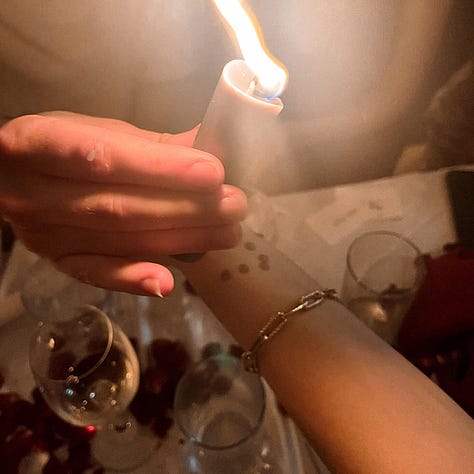
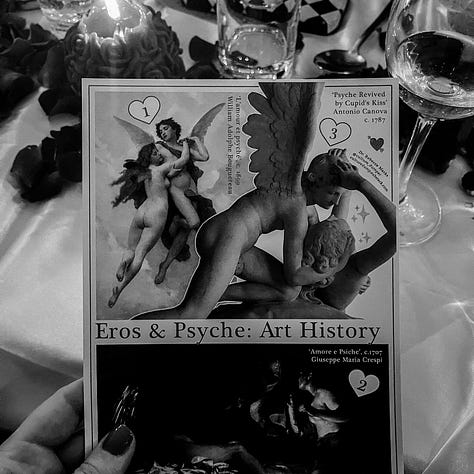
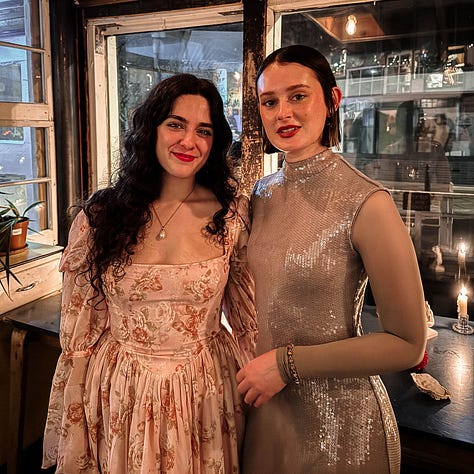
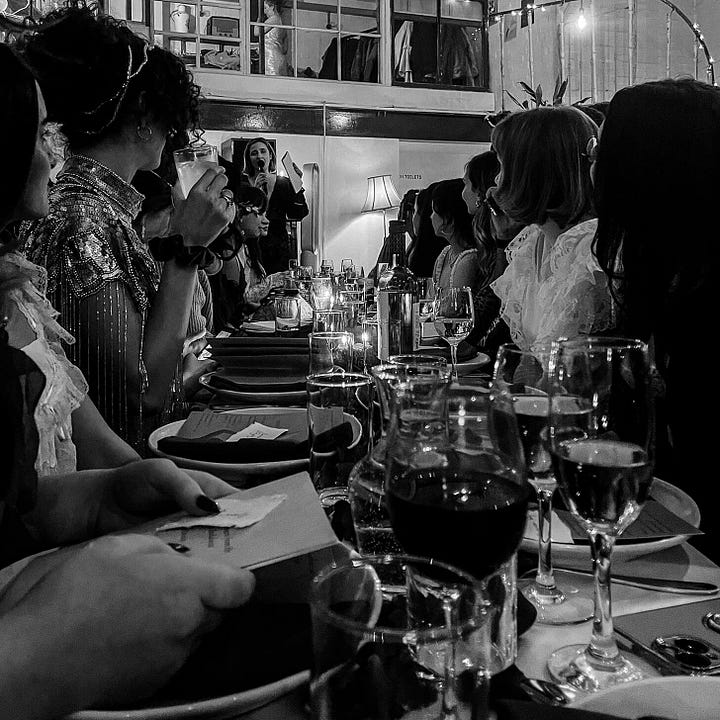
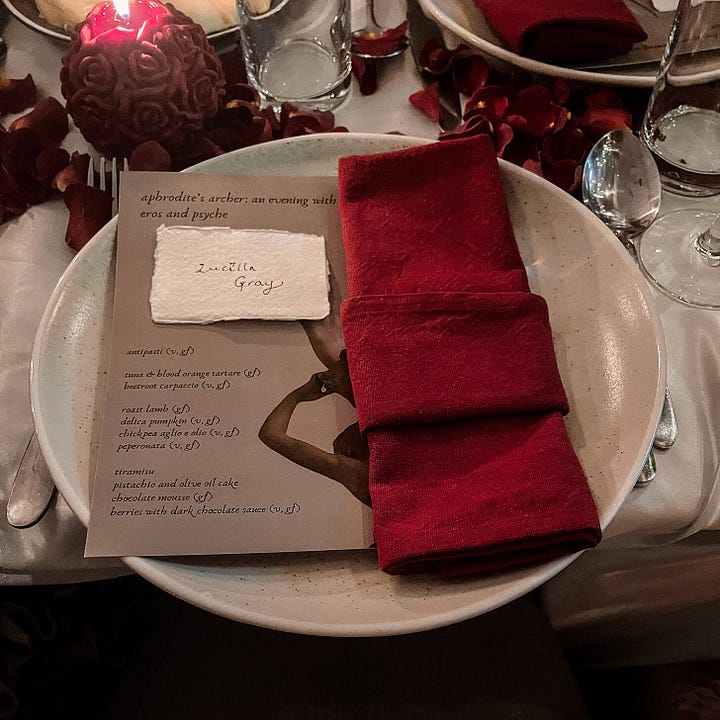
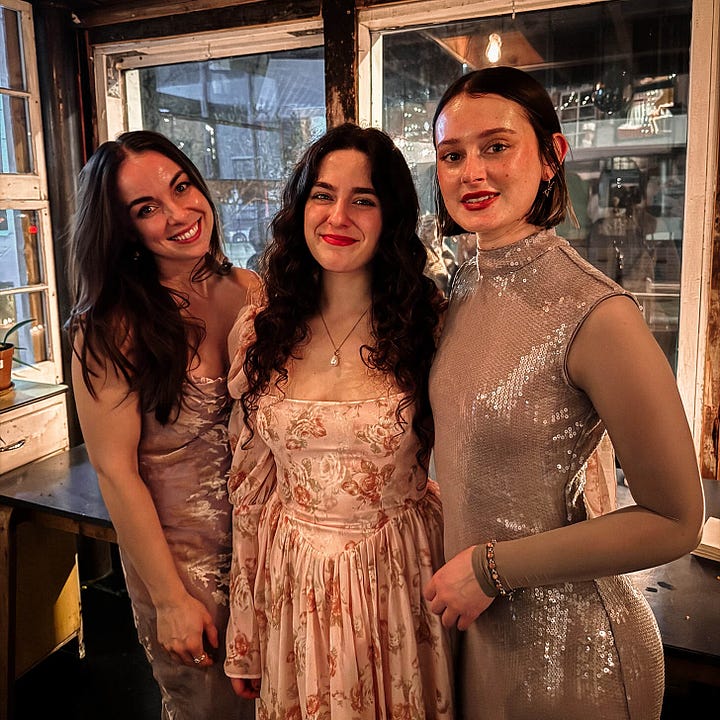

As dinner commenced we filled our plates with sweet Tuna and blood orange tartare, our minds with the desires of Eros and Psyche, illuminated by the exceptional insights of Art Historian, Dr. Rebecca Marks and an equally captivating performance from the upper mezzanine filling the room with prose. Food and wine flowed and time disappeared faster than any attendee would have wished for.
The evening concluded with the dancing shadows of candles, half-empty wine bottles and an indulgent dolloping of chocolate mousse, a fitting ending to a night rich in stimulating conversation and ideas. I can’t wait to discover what Cosi has in store for her next symposium.
Meet Cosi
My name is Cosi Carnegie, I’ve recently completed my masters in Classics at Cambridge University, and I’m incredibly passionate about reimagining the ancient world for a modern audience. Having spent over 5 years working in the field of classics and history outreach, my goal has always been to make the field more accessible and engaging.
Here on substack, I publish interviews and guest posts along with my own writing, connecting ancient stories to modern ones, sharing mythology, archaeological news and classical art (and memes).

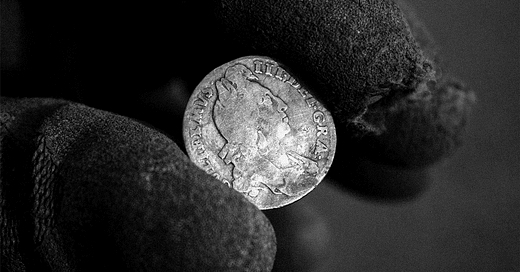




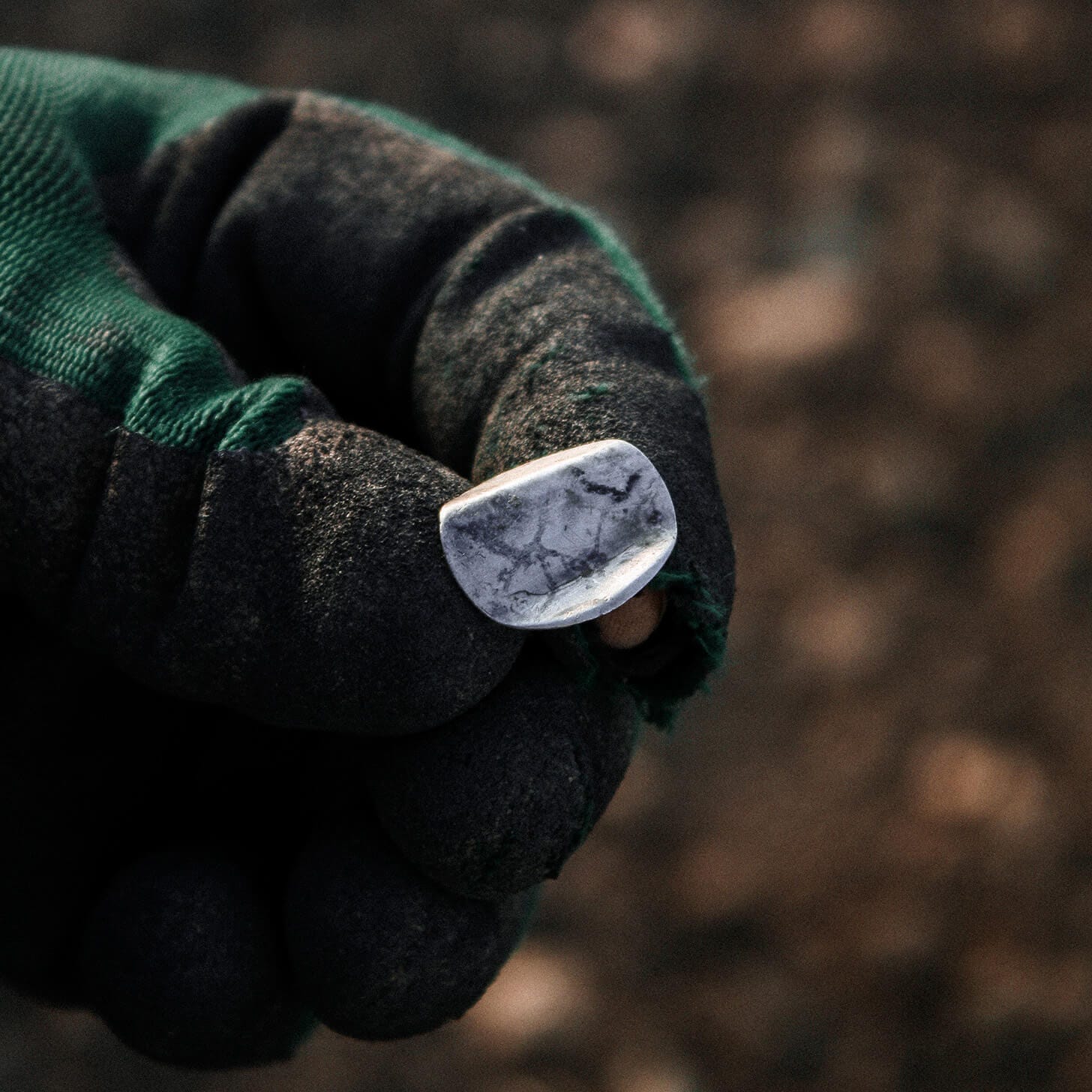



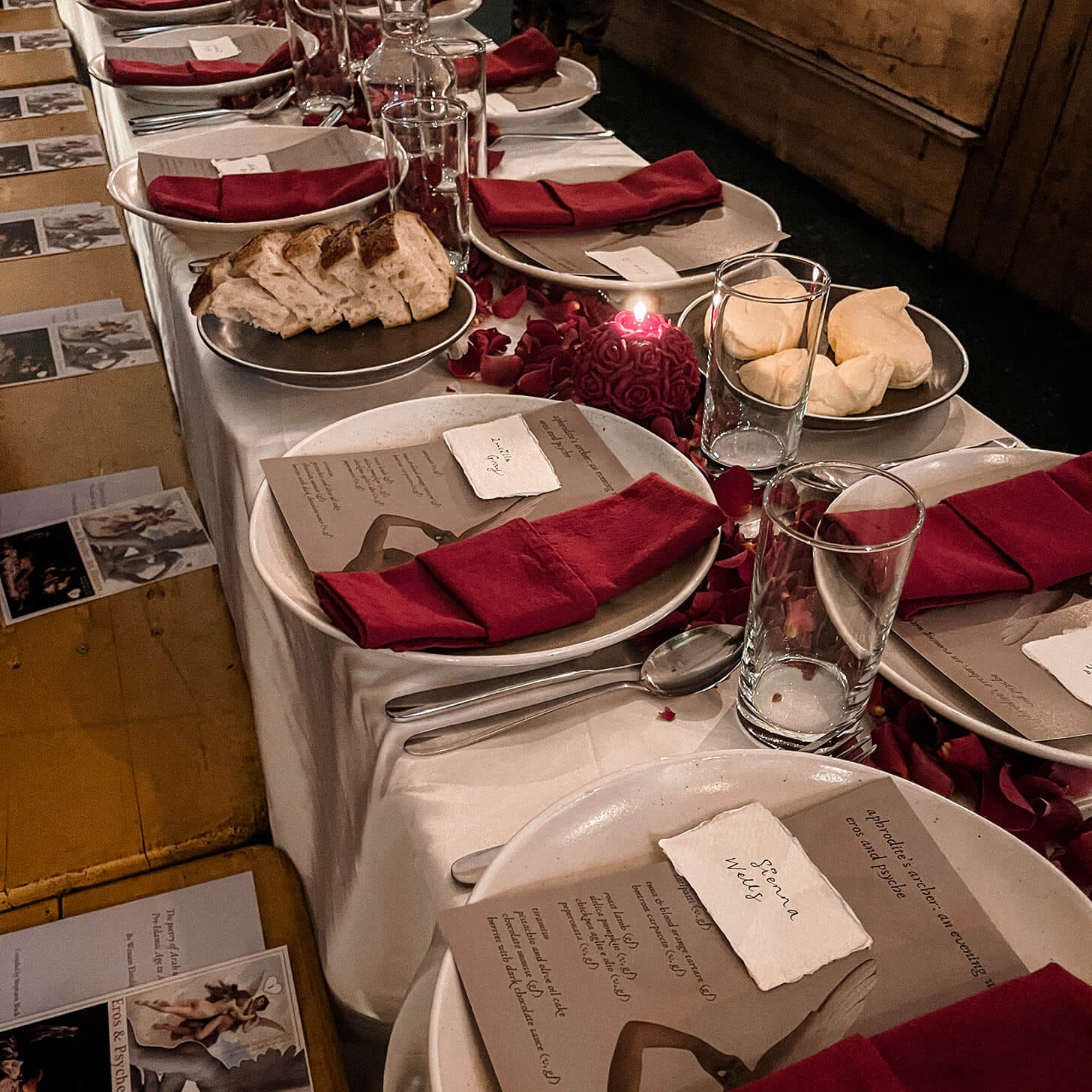



My last love token found was a Charles 2nd 1680s silver sixpence, found last August so it's been a while now! Not everyone buys this argument some say it's a way of checking coin content or authenticity but like you I prefer the more romantic explanation